Ever wanted to walk through a picturesque village on the Japanese countryside seemingly coming out of Japanese folktale from long ago? Then your next stop in Japan should be the village of Shirakawago (白川郷) hidden away in the mountains of Gifu and Toyama Prefecture.
What makes Shirakawago Village unique, and in fact made it become an UNESCO World Heritage site, are its gassho-zukuri thatched roofed houses. You might be wondering what is “gassho-zukuri”? Gassho is the Japanese word for the shape of your hands when you are making a prayer with their palms facing one another and zukuri simply means construction. This form of construction was preferred in this area because it is able to handle a large amount weight from snowfall in winter, but also creates a lot of interior space which the residents used as a workshop.
The town is still inhabited to this day and the countless rice paddies become places of bustling activity when the planting season arrives. The Wada House is the oldest and largest gassho-zukuri house and although it is still used as the owner’s home it is partly open to the public to admire. The house dates back to around 1800 with a rich history of being the home to several generations of important townspeople. Open from 9:00 to 17:00 for a minor admission fee of 300 yen for adults and 150 yen for children, the Wada House is a great place to learn about the house construction and daily life of the good old days in the village.
On the southern side of the village is the small Shirakawa-hachiman shrine with the Doburoku Festival Hall. Here you can learn all you want about the local Doburoku Festival held between the 14th and 19th of October, dedicated to the mountain god for safety and a good harvest. The hall is open to the public between 9:00 and 17:00 throughout the year except for the winter months (December to March). There is an admission fee of 300 yen for adults, which includes a free sampling of doburoku sake or 100 yen for children.
On the opposite site of the town you will find the Shiroyama Viewpoint, which offers stunning panoramic views over the valley with its beautiful rice paddies and the farmhouses below. To get up to the viewpoint you will have to walk up along a trail for about 15 minute or by hopping on one of the town’s shuttle busses.
Want to stay a bit longer in Shirakawa Village and make your visit even more unique? A dozen or so of the gassho-zukuri houses offer accommodation for guests at 8,000 to 10,000 yen per night including dinner and breakfast of local cuisine. These traditional family-run lodgings are a great way to experience how a Japanese family in the countryside lives. Just make sure you reserve your stay well in advance because staying over at a gassho-zukuri house is becoming increasingly popular. Who can blame them? It is the perfect package for a unique experience straight from a Japanese folktale.
[cft format=0]
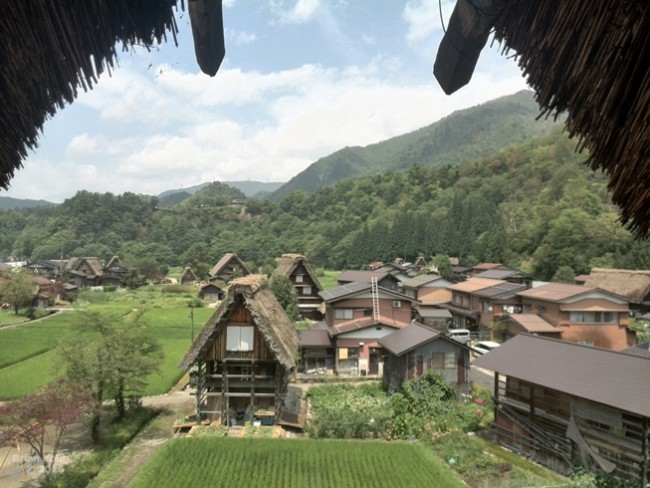
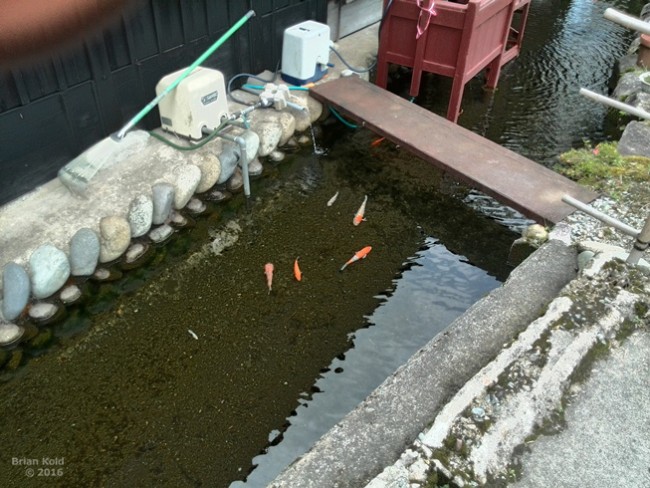
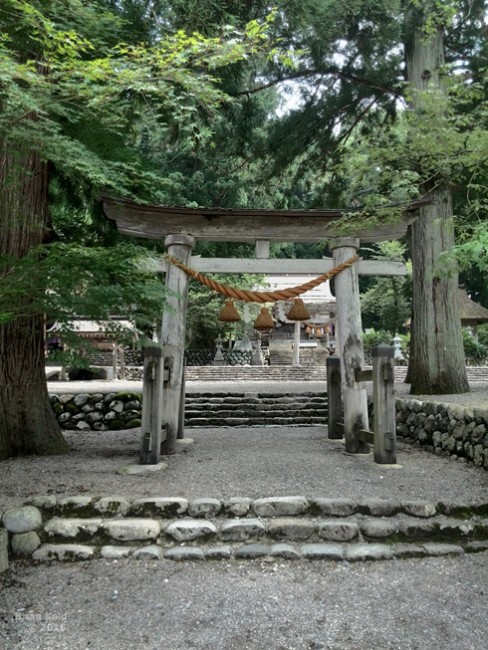
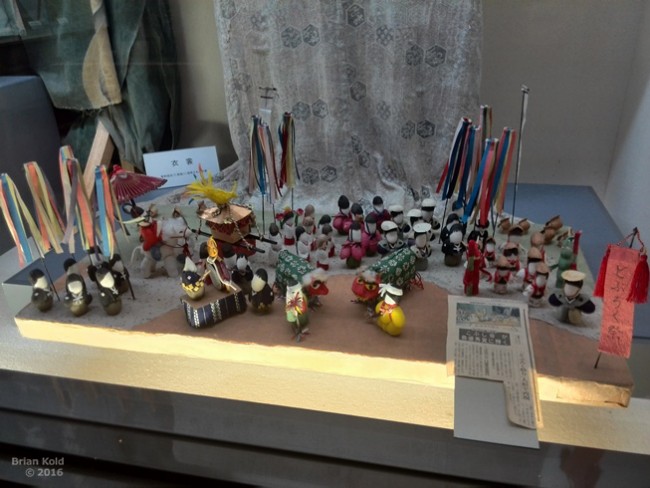
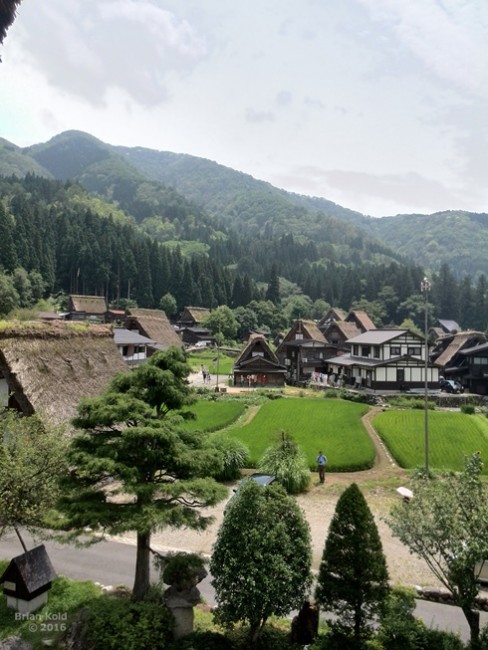
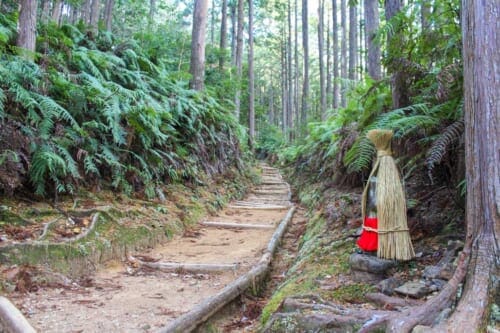
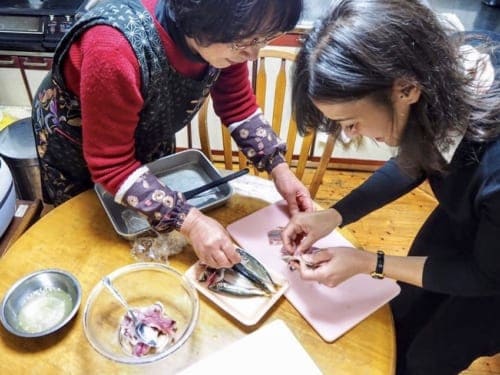

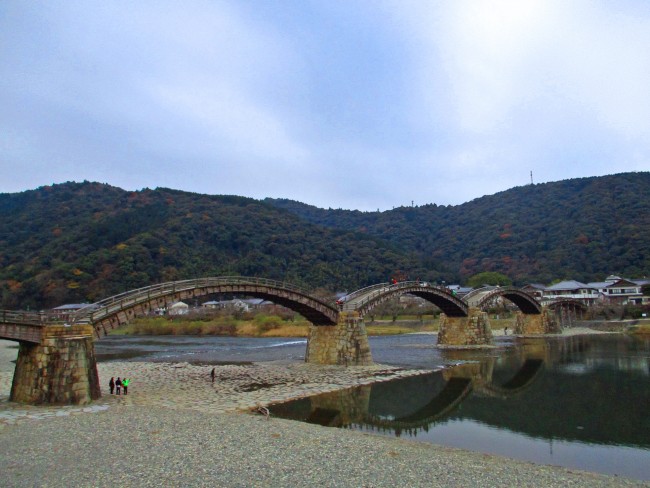



No Comments yet!